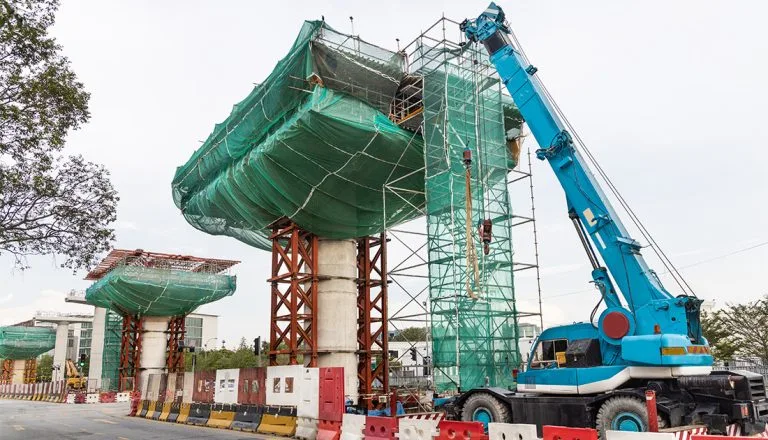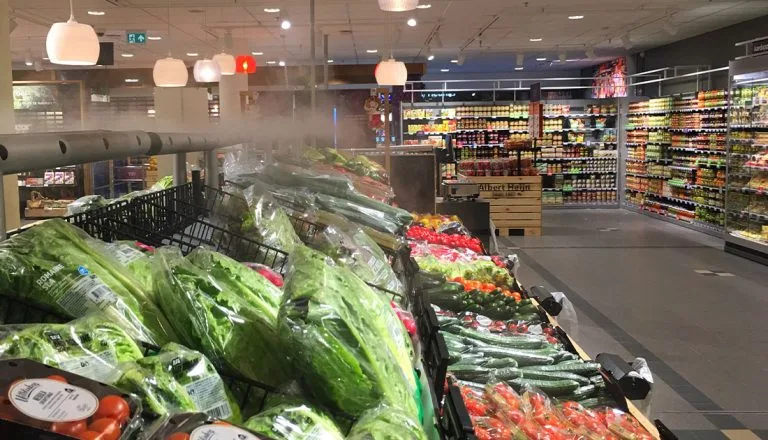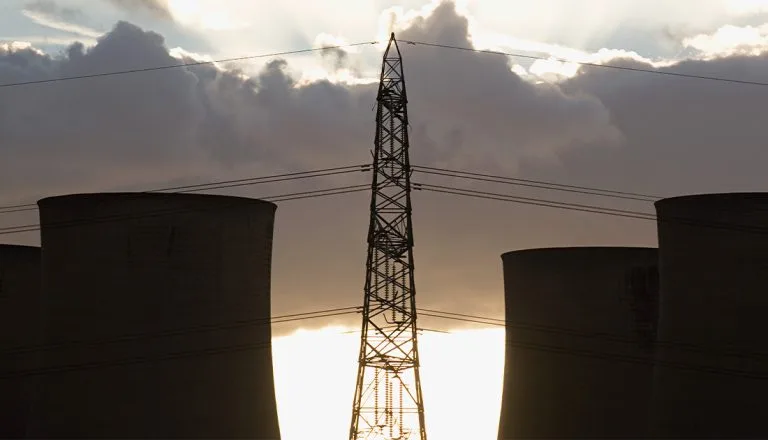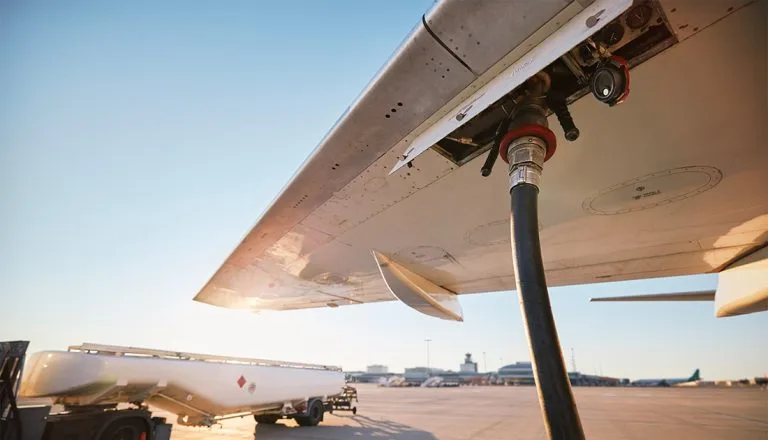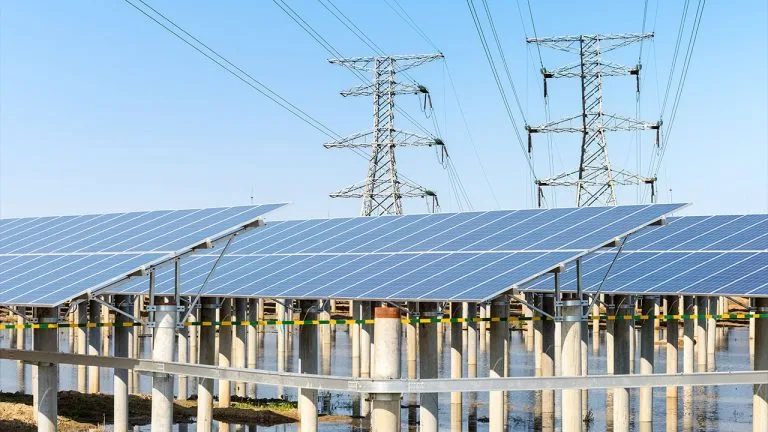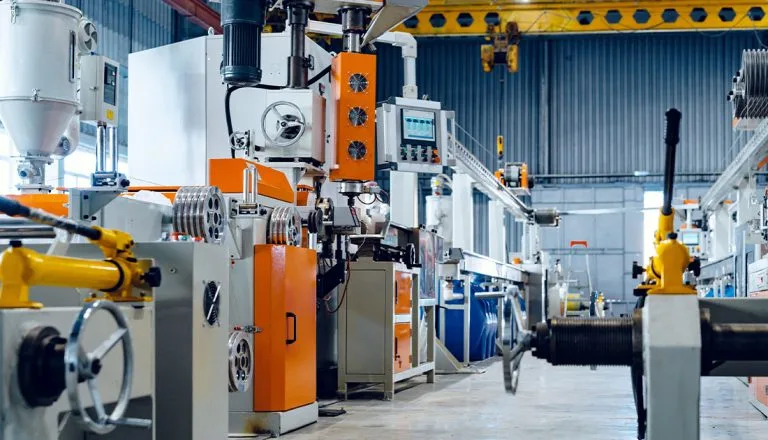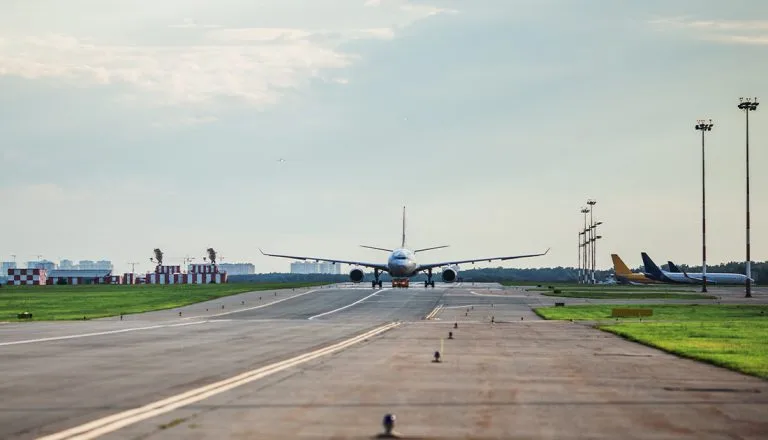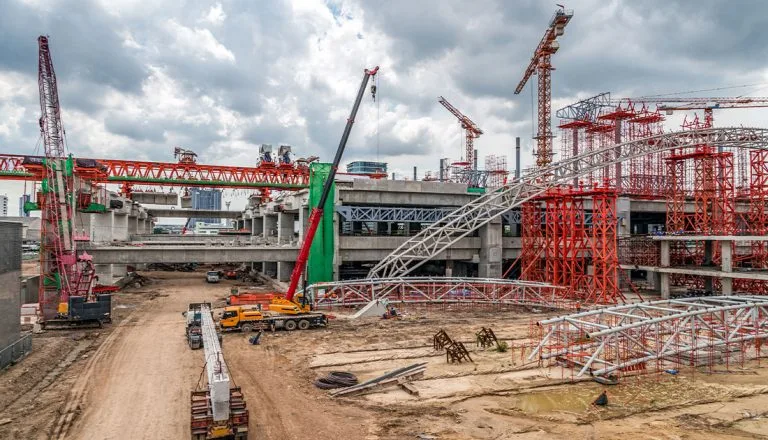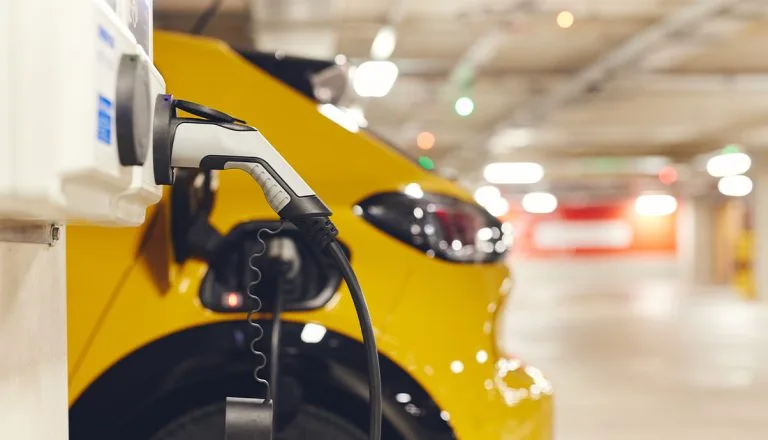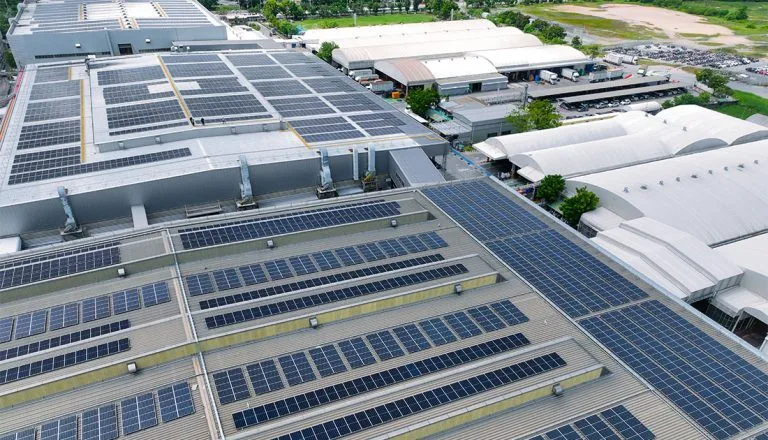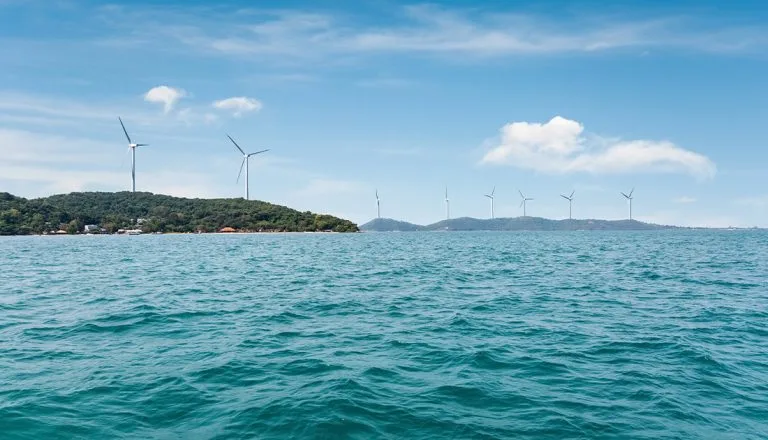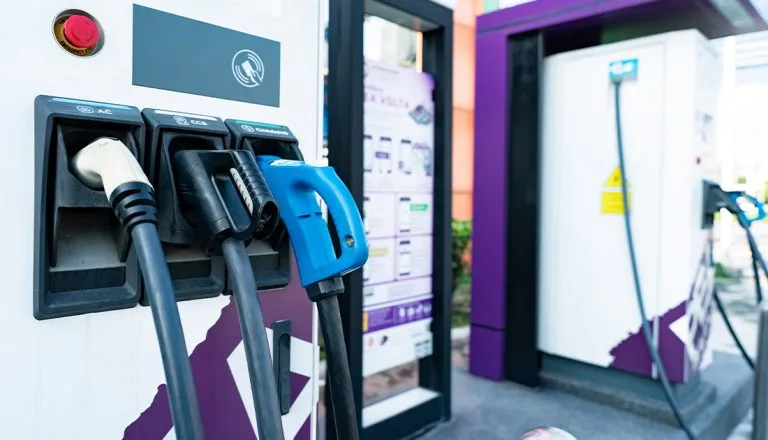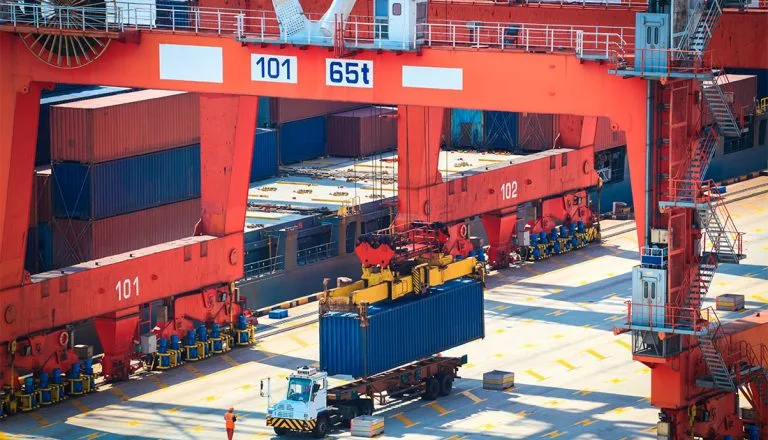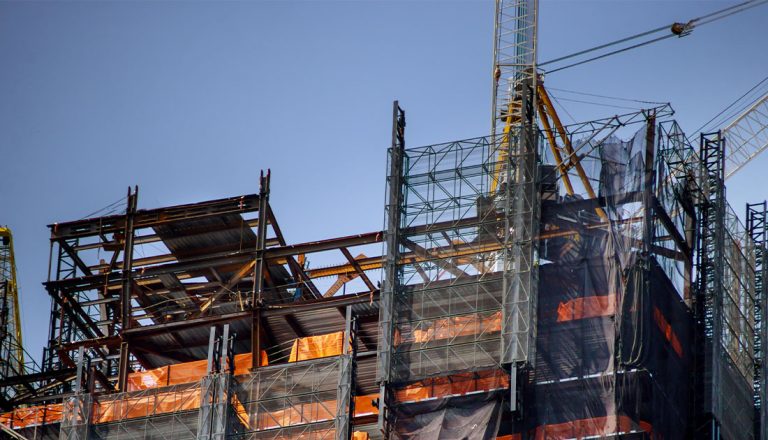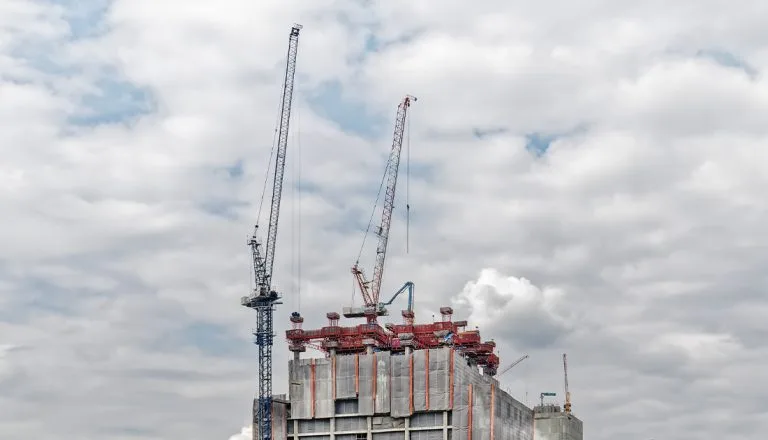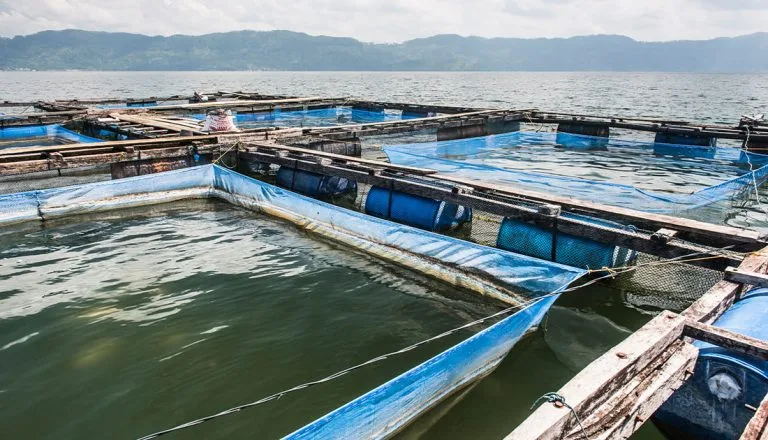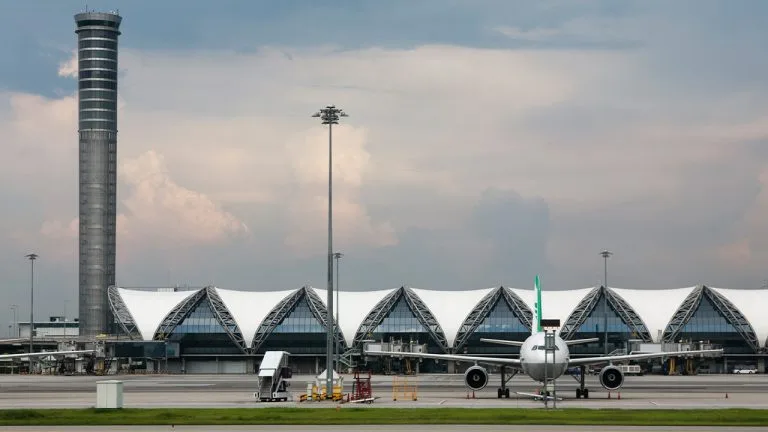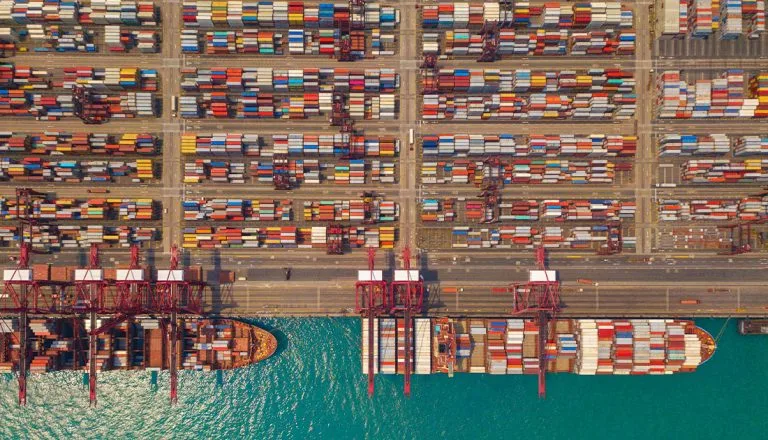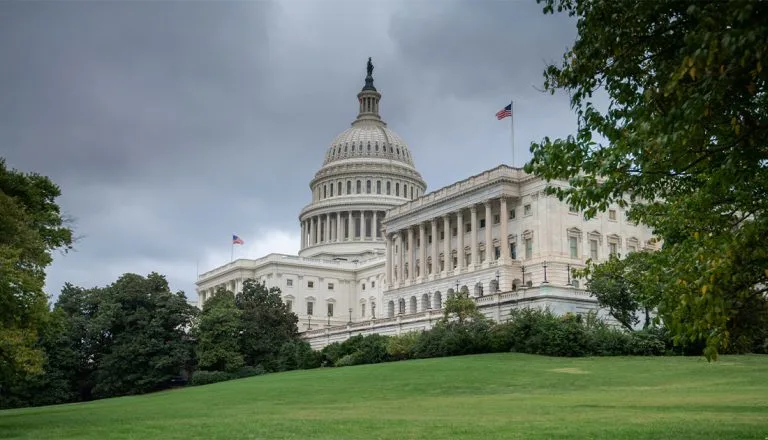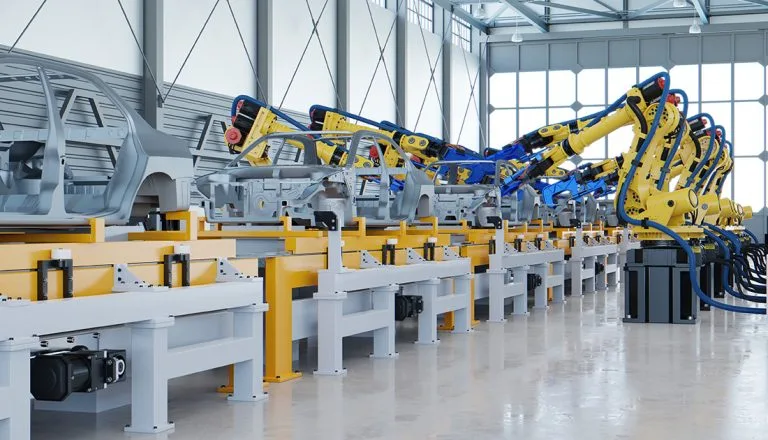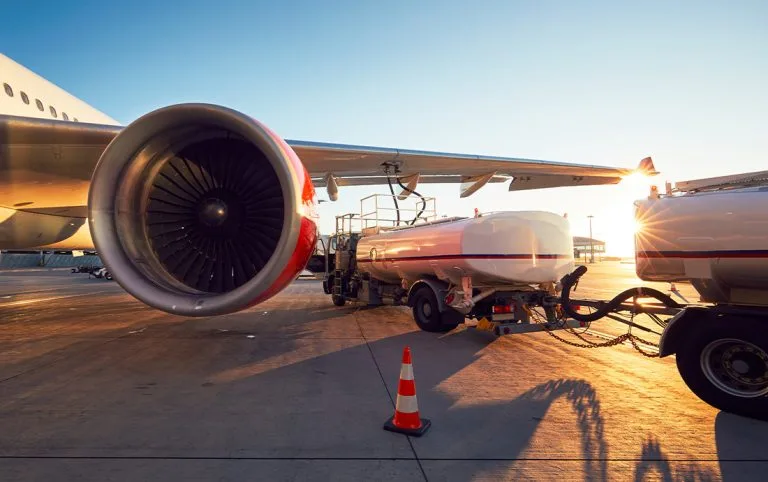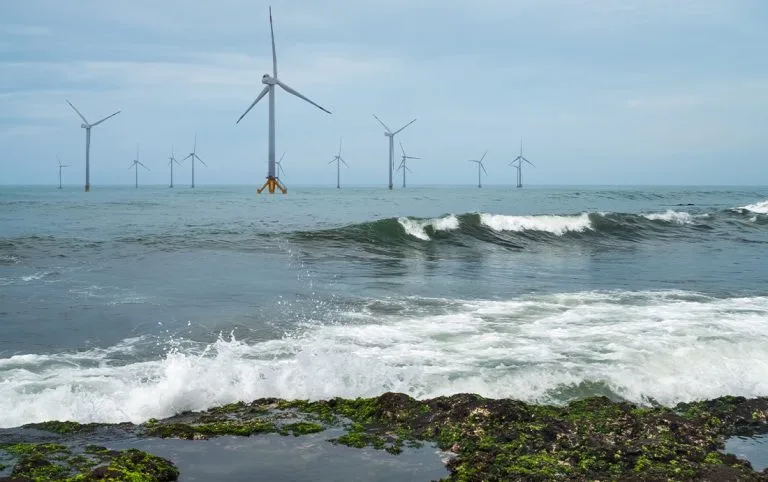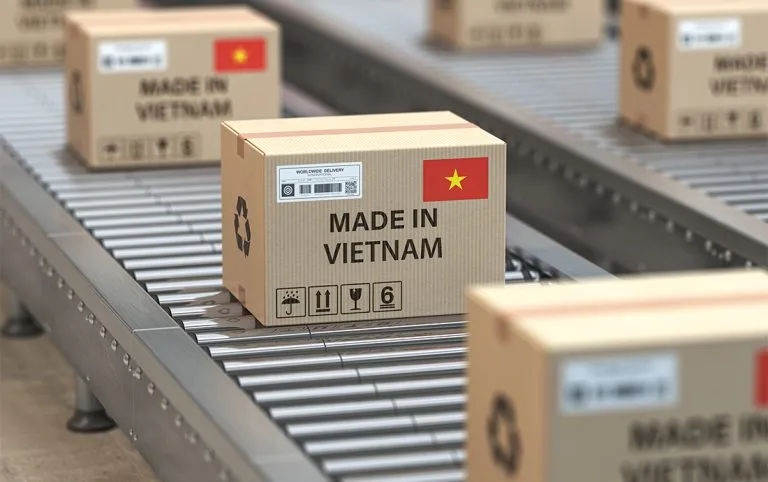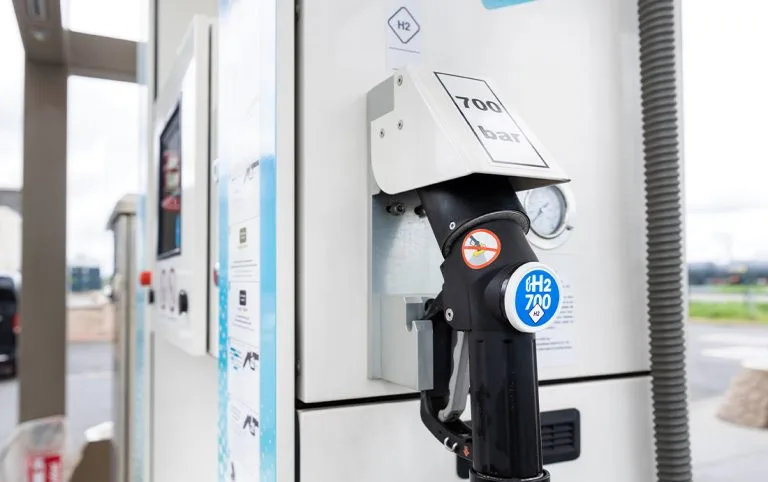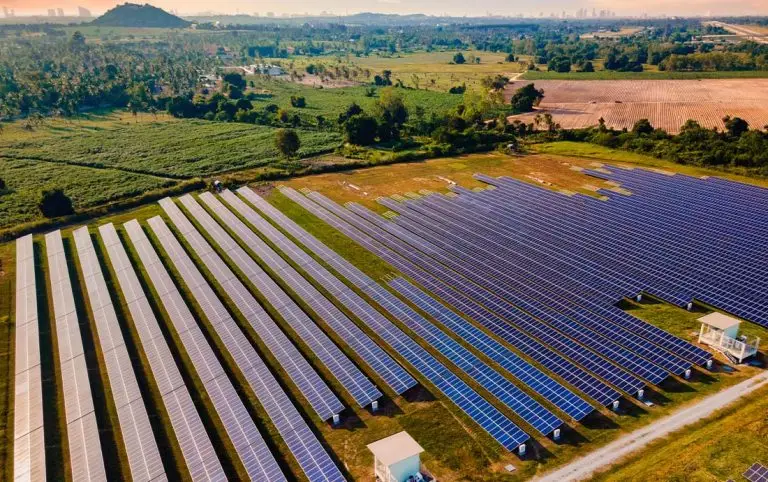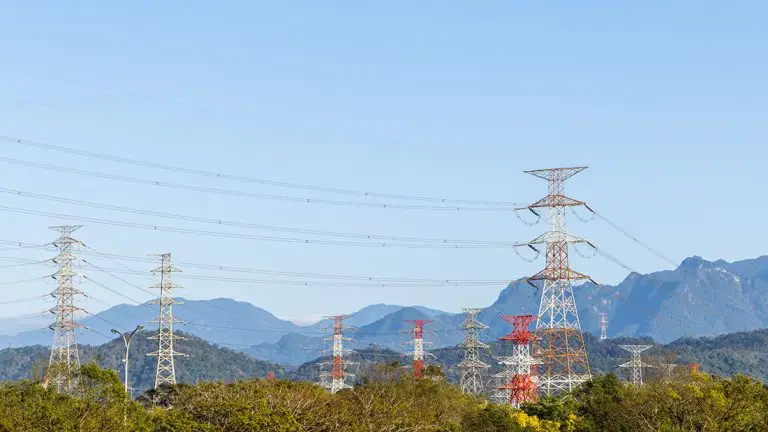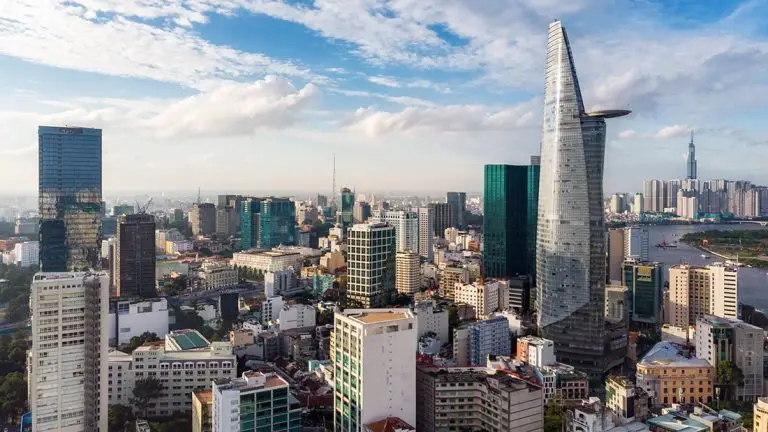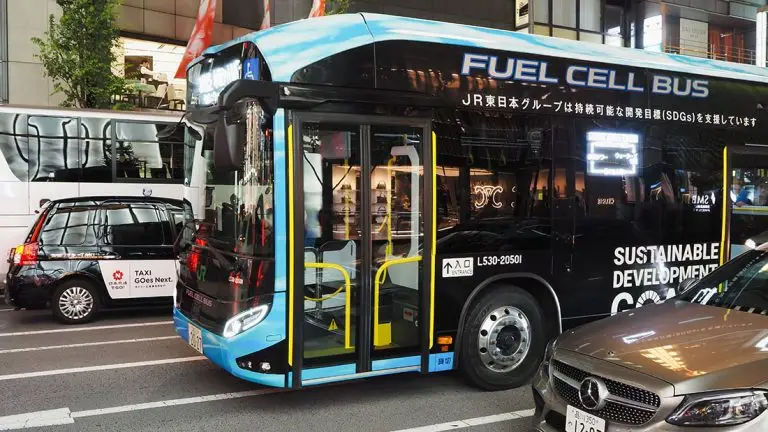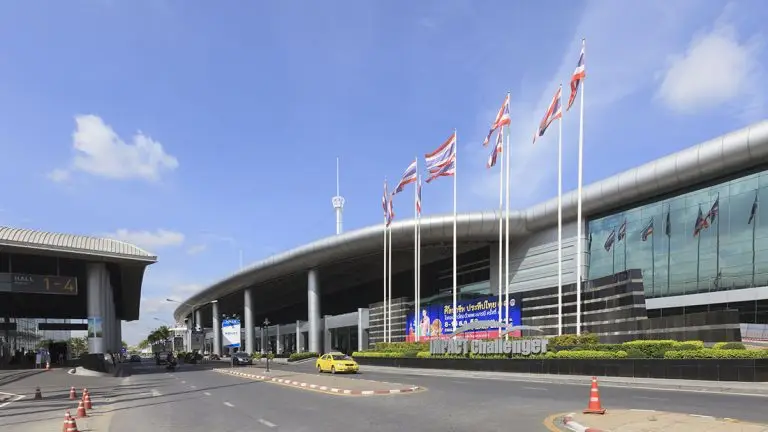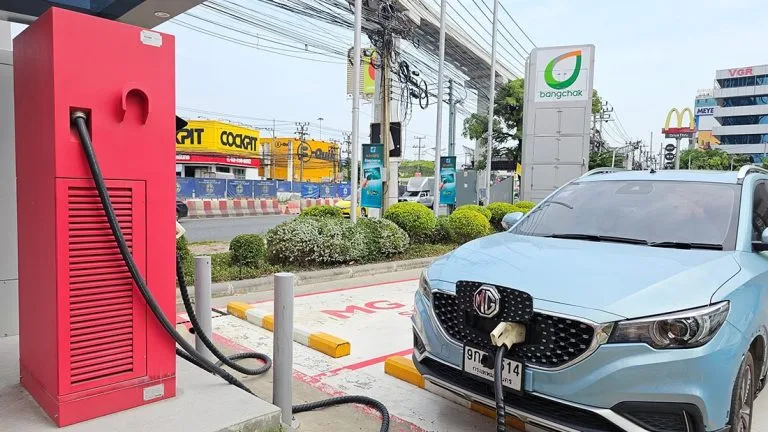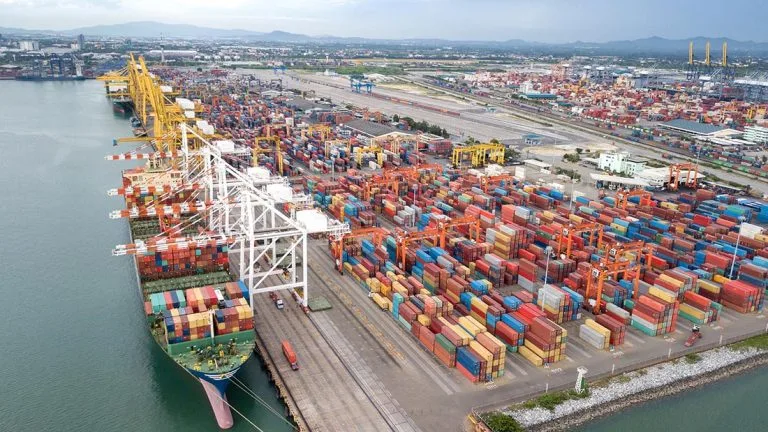- US tariffs may have some impact on ASEAN manufacturing but most countries negotiated rates lower than those initially proposed
- The region maintains several advantages for manufacturers, including access to raw materials, relatively lower labour costs and a strategic location
- Manufacturers in Southeast Asia need to prepare for more stringent origin requirements moving forward
When the China-US trade war broke out in 2018, Southeast Asia became a beneficiary as companies sought to diversify their production and supply chains. After uncertainty and last-minute negotiations, American tariffs are going into effect and may have an impact on ASEAN manufacturing. Asian Insiders Managing Partner Jari Hietala offers an update on the current situation and why the region remains an attractive destination for manufacturing activities.
Tariffs continue to dominate the global trade arena. The United States appears to have settled trade talks with most ASEAN nations. In addition to providing stability after months of sabre rattling and fears over worst-case scenarios playing out, manufacturers can begin moving forward on how to position supply chains.
Questions remain over key markets, most notably China and India, but their relationships with the US are more complex. Any trade agreements between the sides may not provide long-lasting respite. Global manufacturers must adapt to that reality.
While ASEAN countries did not escape unscathed from American tariffs, a majority managed to avoid crippling rates that could have had significant economic ramifications.
Singapore escaped with a 10 percent tariff, the lowest in Southeast Asia. Meanwhile, Vietnam almost found itself on the wrong end of an eyewatering 46 percent tariff rate from America. The country had been singled out for its connection to Chinese manufacturers.
The Vietnamese government was able to reduce the tariff rate to 20 percent, but this only applies to goods assembled and manufactured domestically. Anything not meeting those criteria will be slapped with a 40 percent tariff.
Cambodia, Indonesia, Malaysia, Thailand and the Philippines all agreed to 19 percent tariffs after negotiations with the United States. Each had faced the threat of a much higher rate, upwards of 36 percent for some countries, which could have stymied economic growth.
Like Vietnam, Thailand also agreed to a 40 percent tariff on goods deemed not to have been assembled and manufactured domestically.
Preparing for what’s next
There was a significant surge in Chinese foreign direct investment into ASEAN nations between 2020 and 2024. The total was slightly less than USD20 billion, almost tripling over that time span. Meanwhile, many global organisations who had used China as a base for manufacturing operations began shifting certain aspects of production. Southeast Asia was a logical destination for these.
The China Plus One strategy emerged as an attractive option for firms seeking to strike a balance between China and the United States. An aim of the latest round of American tariffs seems to be reducing the effectiveness of this approach.
Yet, uncertainty remains on how exactly US tariffs address China Plus One manufacturing. Should they maintain the current approach, then the rule of substantive transformation will apply. However, it’s possible America could begin targeting anything of Chinese origin as opposed to what work took place elsewhere along the supply chain.
This means due diligence has become increasingly important for countries wanting to ensure origin requirements are met. Malaysia will no longer allow nongovernmental organisations to issue certificates of origin. Vietnam and Indonesia are considering ways to stop being a waystation for certain Chinese goods destined for elsewhere.
The China factor
One of the knock-on effects from the China-US trade war would be felt in Southeast Asia. Exports to the region from China increased by more than USD200 million, according to the Carnegie Endowment for International Peace.
The influx of Chinese goods began in 2018 but accelerated during the 2020s. ASEAN nations have been exposed to an excess supply from China’s manufacturing segment, which is a drag on local manufacturing.
Should the United States and China not find a common ground on trade talks, this could worsen in the short term and dampen demand for certain products domestically. The situation varies in each country. Vietnam and Thailand have been hardest hit by the increased introduction of Chinese products onto the market.
Tariffs don’t dim ASEAN manufacturing
American tariffs don’t completely dim prospects for the ASEAN manufacturing sector. The region still holds several advantages, including access to raw materials, relatively lower labour costs, a strategic location and the potential for solid economic growth. Additionally, most countries were spared from the highest US tariff rates.
The region serves as an appealing option for businesses with US-based manufacturing that need to relocate in an attempt to avoid retaliatory tariffs should China opt to pursue such a move.
ASEAN also remains committed to free trade and economic cooperation on the global stage. Malaysia, Singapore and Vietnam are members of the Comprehensive and Progressive Agreement for Trans-Pacific Partnership (CPTPP). The EU and EFTA have free trade agreements with select countries. Talks on additional pacts are ongoing.
Final thoughts
ASEAN now has some certainty in regard to US tariffs which is crucial for manufacturers trying to adjust to the new global trade realities. The key takeaway is that it is no longer possible for companies to use the region as a stopping point for products destined for other parts of the world.
However, Southeast Asia remains arguably the most attractive destination for manufacturing given its distinct advantages and placement in the global trade system. Many countries continue to successfully navigate complex relationships with both the US and China as well as strengthening trade ties to Asia and Europe.
For overseas enterprises trying to make sense of their options, ASEAN should be a consideration, whether you’re seeking to diversify supply chains or find more stable locations. Each country has pros and cons to consider and the best way to find the right fit is to work with a market entry specialist.
At Asian Insiders, we can help you identify the best location for operations, assist with the setup process and facilitate a seamless entrance. This eliminates guesswork while ensuring your firm is well placed for success.
Considering entering Southeast Asia? Take our Readiness Check to see if you’re prepared by clicking here. You can also schedule a no-obligation call with Jari Hietala, Managing Partner: jari.Hietala (at)asianinsiders.com


